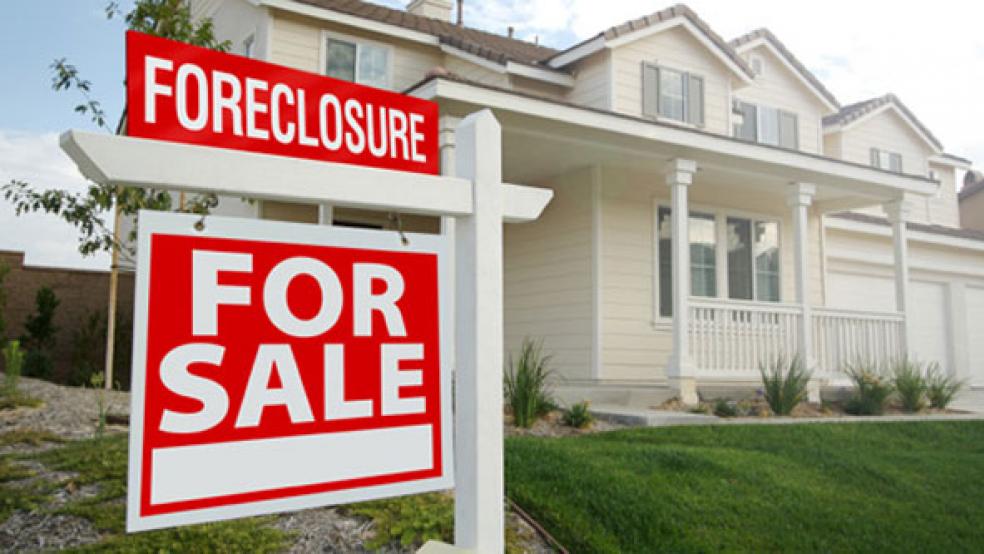Foreclosure filings declined by 15 percent early this year, to the lowest level since 2008, though that doesn’t reflect a stronger housing market, but rather the shoddy foreclosure practices from late last fall that led to processing delays, according to a report by Realty Trac.
Analysts at Realty Trac had previously predicted that in 2011 foreclosures would peak around 3 million households and banks would repossess around 1 million homes. Recovery was expected to begin in 2012. Now Rick Sharga, senior vice president of Realty Trac, said foreclosure processing delays “added at least one-quarter to probably six months onto the housing market recovery.”
Foreclosure activity is already picking up as servicers work through the backlog accumulated as a result of faulty paperwork, Sharga said. Some of the backlog is from states where foreclosures are processed through the court system, which accounts for 40 percent of foreclosure activity.
In March, foreclosure filings rose seven percent from the previous month but were down 35 percent from March 2010. The increase in March was largely driven by a jump in the early stages of foreclosures, suggesting that procedural bottlenecks are beginning to loosen, said Sunayana Mehra, economist with Moody’s Analytics. First time default notices decreased 17 percent from the previous quarter and 35 percent from the same time one year ago.
For two years, Nevada continues to hold the top spot for the highest state foreclosure rate, with one in every 35 housing units in foreclosure. In March, Nevada’s foreclosure activity increased 35 percent from February, after two straight monthly decreases, according to the report.
Nevada got hit twice in the economic downturn, Sharga said. The state was a poster child for everything that went wrong in the boom, he said. It was overbuilt. Homes were priced beyond reason, speculative buying occurred, and lots of high-risk loans were issued.
When the housing-market bubble burst, much of the state’s economy depended on the housing market. Then as the overall economy soured, Nevada was hammered by high unemployment, which led to even more foreclosures.
Experts say in order for the housing market recovery to get a jumpstart, job creation needs to accelerate to encourage more home buying activity. Weak demand reflects consumer uncertainty about high unemployment, which currently stands at 8.8 percent.
Another factor is falling home prices, which accelerated through the end of January, according to the S&P/Case Shiller 20-city index. To a large extent, falling home prices can be attributed to the high and rising share of distress sales, said Sunayana Mehra, economist with Moody’s Analytics. She predicts a high share of distress sales will result in another 5 percent decline in prices this year, with the national price index expected to hit bottom by the third quarter of 2011.
Default notices, scheduled auctions and bank repossessions were reported on 681,153 properties in the first quarter, down 27 percent from the first quarter of 2010, according to the Realty Trac report. One in every 191 housing units received a foreclosure filing during the first quarter of 2011.
Related Links:
Foreclosure Filings Hit 3-Year Low, Report Says (Reuters)
Foreclosure Filings up 7% in March: Realty Trac (Market Watch)
Foreclosures Still Coming (Chicago Sun Times)



